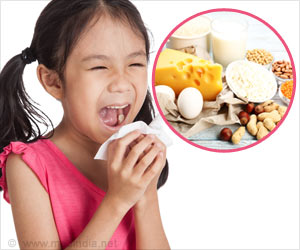
‘Climate change can impact our health in many ways. Community-specific adaptation strategies are required to improve resilience and reduce disease burden linked to climate change.’
Read More..Tweet it Now
The study, based on over 300,000 respondents between 2002 and 2013, shows that seasonal allergic rhinitis, or hay fever, increases when the timing of spring "greenup" changes. Read More..
"We found that areas, where the onset of spring was earlier than normal, had 14% higher prevalence of hay fever," said Associate Professor Amir Sapkota in the Maryland Institute for Applied Environmental Health.
"Surprisingly, we also found similar risk in areas where the onset of spring was much later than what is typical for that geographic location," he added.
The study provides the first national-level quantitative data showing how ongoing climate change is increasing the allergic disease burden in the United States. Hay fever, or "seasonal allergic rhinitis," affects 25 million adults in the United States and results in $11.2 billion in related medical expenses annually.
Dr. Sapkota and his team used satellite data collected by NASA's Moderate Resolution Imaging Spectroradiometer (MODIS) to identify the start of the spring season throughout the US and linked these data to National Health Interview Survey data collected by the Centers for Disease Control and Prevention (CDC).
Advertisement
"We show that such climate change-driven ecological changes are directly linked to allergic disease burden in the United States. Even a relatively small change in the timing of tree flowering can have a significant economic impact given that 25 million American adults already suffer from hay fever each year."
Advertisement
Dr. Sapkota suggests this is yet another example of how climate change is impacting burden of allergic disease right here in our backyard. Given that climate change is projected to intensify, Dr. Sapkota argues such data are critical to inform public health adaptation strategies, including early warning systems. "Climate change impacts our health in more ways than we can imagine. We need community-specific adaptation strategies to increase resilience and minimize disease burden associated with climate change," he urged.
Source-Eurekalert










